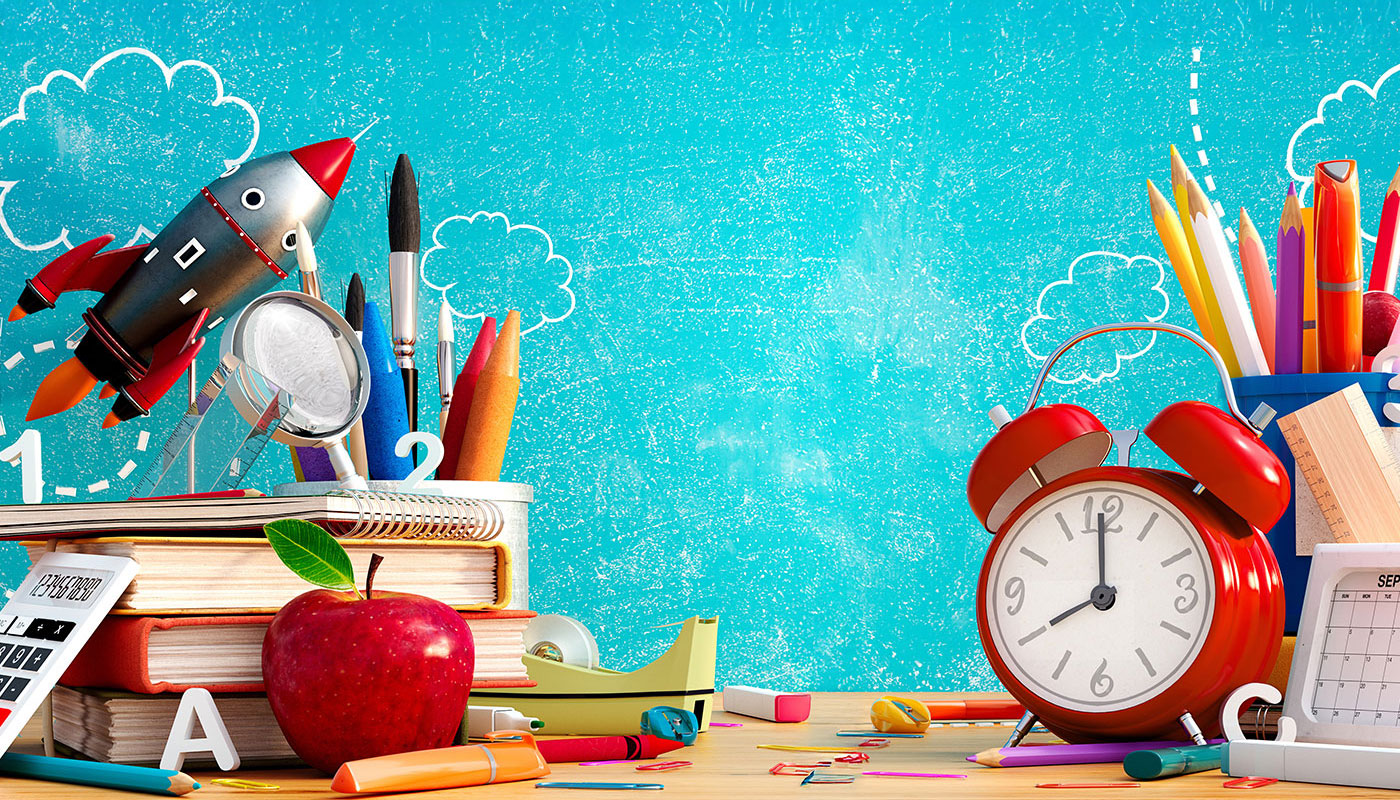
Everyday IP: Back to school with textbooks, mascots and exclusive rights
Back-to-school season is a parade of freshly sharpened pencils, crisp exercise books and backpacks still untested by the chaos of buses and playing fields. Yet tucked into every hallway, art room and etched desk is a crash course in Intellectual Property (IP), with valuable lessons for all.
From the first bell to the last exam, IP is a constant companion to education in three big ways: the creations students dream up, the resources they borrow and the brands schools build. Think of it as a concerned and watchful teacher, quickly stepping in if someone tries to copy another's work. With that in mind, let us open our notebooks and explore IP in action in the classroom.
Innocence, imagination and IP
Every time a pupil writes an original short story, paints a mural for art class or codes a new app for a computer science project, they are producing something covered by copyright from the moment it exists in a fixed form — no registration needed. For example, a song composed for the school music competition automatically gains copyright the instant it is written down or recorded, giving the songwriter exclusive rights to copy, perform or adapt it. That being so, in some parts of the world, notably the United States, authors can choose to register their works with a central office for the possibility of receiving additional damages in court cases.
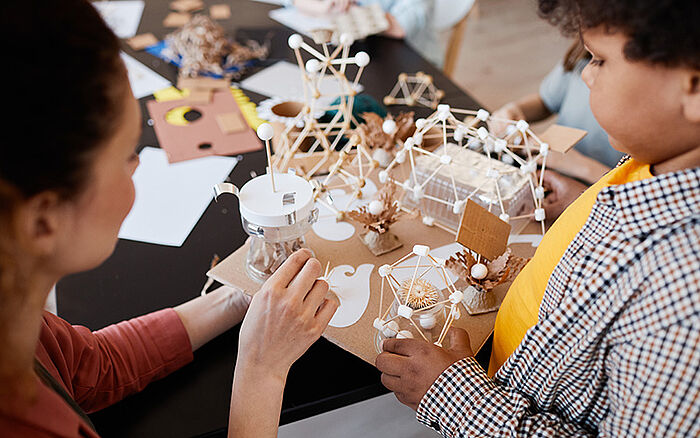
Even without understanding the concept of IP, young children quickly pick up a sense of unfairness when someone else copies their work.
Outside of artistic expression, other youngsters apply their resourcefulness to innovation that rivals even professional inventors. Both history books and news sites are full of examples of young thinkers who reshaped the technological world around them while still at school or college. There was the famous Philo Farnsworth, who conceptualized an all-electronic television at age 14 and fell back on his boyhood drawings to support his eventual patent. Another who sprang to the fore at an early age was George Nissen, inventor and trademark holder of the original trampoline. More recently, 11-year-old Gitanjali Rao came up with a carbon nanotube sensor for detecting lead contaminants in water.
Patents come with no age requirement, but the exclusive rights they grant to use, sell or license a technical solution can last up to 20 years. This provides plenty of time for bright sparks to generate real-world impact.
Of course, instruments of science and engineering are not the only things students work with. They also rely on a constant stream of learning materials, which is where the myth of "fair use" can sometimes lead them astray.
Fair use is not a free-for-all
In schools, "fair use" often sounds like a magic key to all copyrighted material. The reality is more nuanced. Teachers and learners can use portions of copyrighted works for educational purposes, but there are limits. Copying an entire textbook crosses the line; quoting a few pages for a class discussion typically does not.
Even sneaky schoolchild shortcuts can cause trouble, especially if the derivative work is monetized. Plagiarism, for example, is not just a breach of academic integrity; it can be a form of copyright infringement. Reusing someone else's words without acknowledgement can violate their moral rights, and if there is substantial similarity between two works, the original can lose out financially. The same principle applies to all forms of content, whether online or offline. Even a historical photo from a random website is not necessarily free to use, and simply adding a credit line does not equate to having permission.
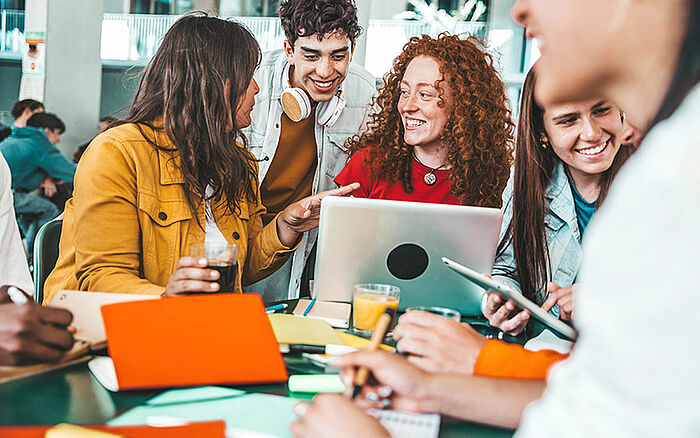
Although not a substitute for the latest academic material, the public domain and open-licensed content provide invaluable resources to cash-strapped students.
Fortunately, there is a growing body of open resources removing the copyright guesswork. Repositories such as Project Gutenberg make accessing the public domain for research, background reading and good old-fashioned enjoyment easier than ever. Meanwhile, platforms like Creative Commons provide licenses that allow rights holders to grant permission in advance for certain uses, making it simpler for teachers and students to find essential materials. These open licenses work alongside IP protections to balance the author's rights with the public's access to knowledge.
Once students know how to play by the rules, the spotlight shifts to something else schools can truly rely on: their own IP. This is proudly worn on sweatshirts, stamped on mugs and emblazoned on banners at sporting competitions.
School-related IP: mascots, merch and million-dollar ideas
Institutions at every stage of a person's educational journey have a unique personality. It may be embodied by a dignified crest or even a wild-eyed and very mobile foam suit. Either way, names, logos and mascots are often trademarks protected by law. Universities and private schools, in particular, use their branding to help attract curious minds. Whether Harvard's iconic crimson shield or the University of California, Berkeley's "Golden Bears," logos and designs, intellectual assets act as the distillation of a school's identity. These marks help educational institutions maintain their brand, rally community spirit and control how their image is used.
Trademark coverage extends to merchandise. Hoodies, water bottles, notepads and even baby onesies sporting a school logo are typically produced under licensing agreements. These arrangements, in which the school has permitted its mark to be used, ensure the institution collects a licensing fee in return. This promotes the school's reputation and secures financial revenue.
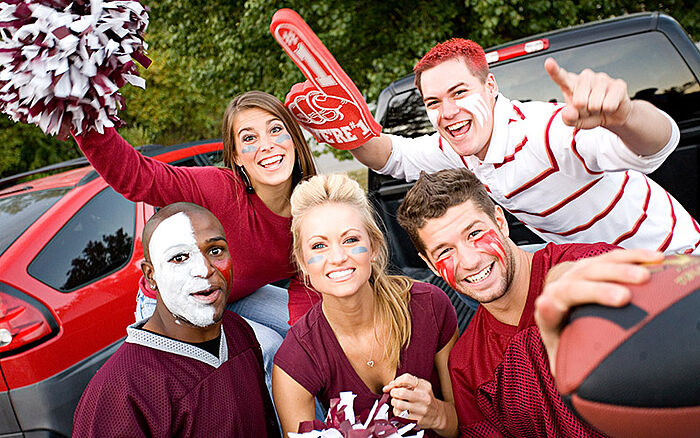
Official merchandise is more than a way for schools and universities to promote a team spirit. Collegiate-branded gear can generate substantial income, especially for institutions with a reputation for academic or sporting excellence.
Beyond branding, universities are hubs of groundbreaking research and patented innovations. Technology transfer offices manage the transition to market, allowing eligible innovations like new processes, technologies or applications to be commercialized. Take the revolutionary CRISPR-Cas9 gene-editing technology, which emerged from research conducted at the University of California, Berkeley and the Max Planck Unit for the Science of Pathogens, that is now being applied in countless projects.
The combination of trademarks, licensing and patents turns schools into complex ecosystems of IP — all with the shared goal of safeguarding creativity, quality and reputation, while encouraging imaginativeness and enterprise. As the school year gets up to speed, so too does the opportunity to treat IP as an everyday learning opportunity.
A smart school tool
The humble essay, the team jersey, the classroom brainwave: IP is everywhere in academic life. It surrounds the original work, finally completed, sets the rules for using a borrowed diagram in a science report and ensures the school emblem looks the same on every T-shirt in the stands.
Understanding IP is about appreciating the invisible systems that uphold originality, support innovation and maintain fairness. For students, this means knowing their work is safe. For teachers, it means using materials responsibly and legally. For institutions, it means ensuring that mascots, medical research and everything in between are secured against misuse.
If you are concluding a trailblazing research project, designing a club logo or fending off copycats, the Dennemeyer team can help protect your patents, trademarks and copyrights. After all, IP is one of the sharpest pencils in the box.
Filed in
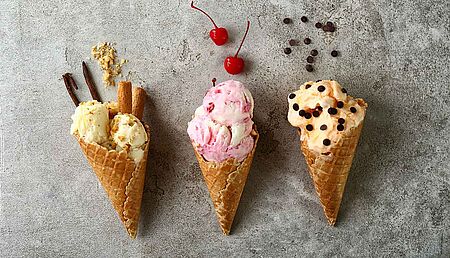
From soft serve machines to crispy cones, discover how patents and trademarks shape the frozen treats we love.

Discover how trademarks, patents and trade secrets shape your morning coffee or tea ritual. Experience everyday Intellectual Property in action.



